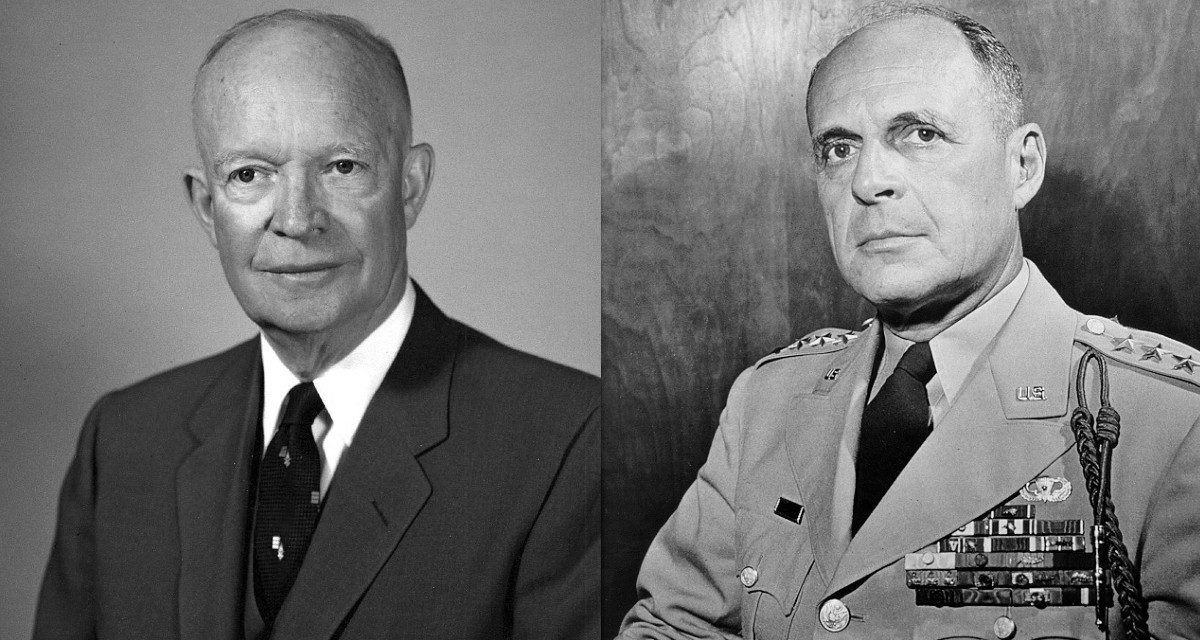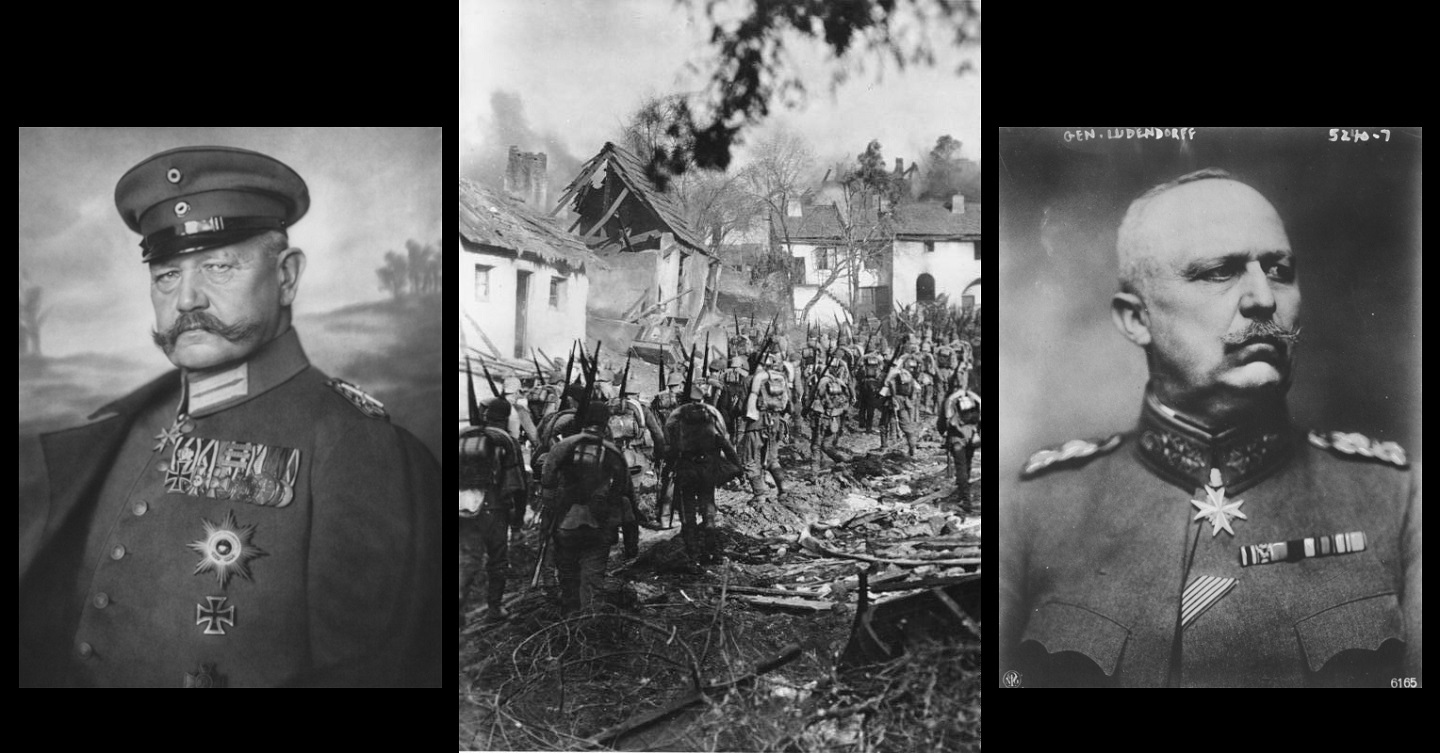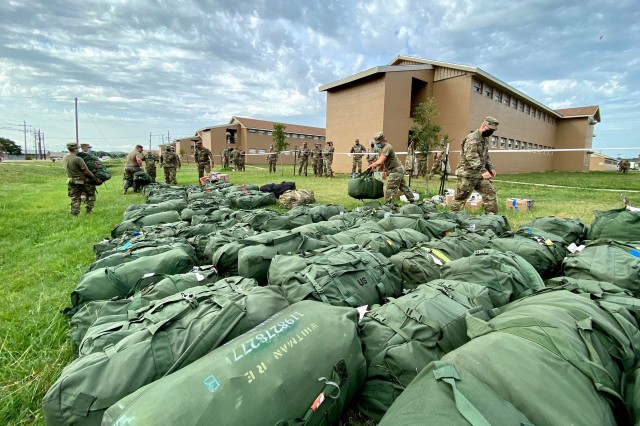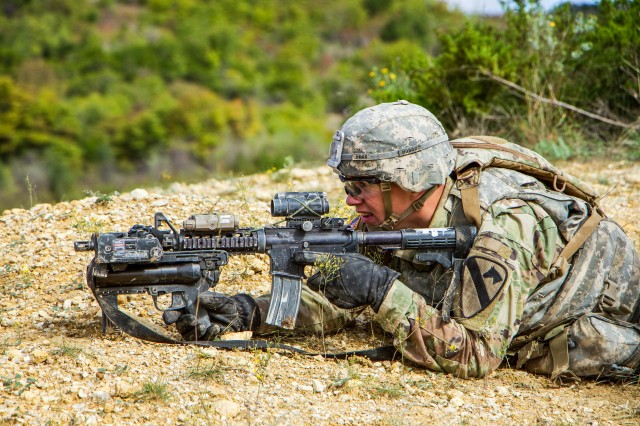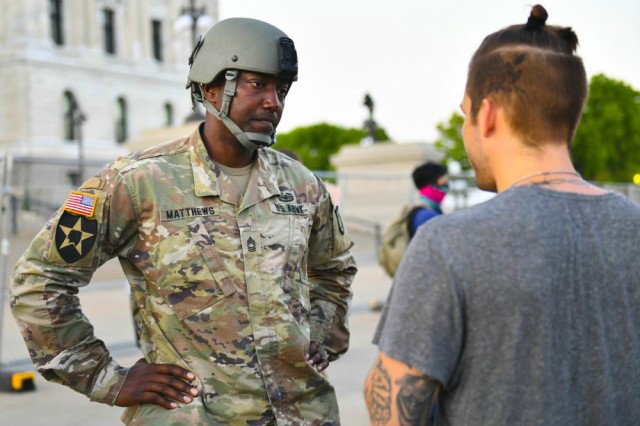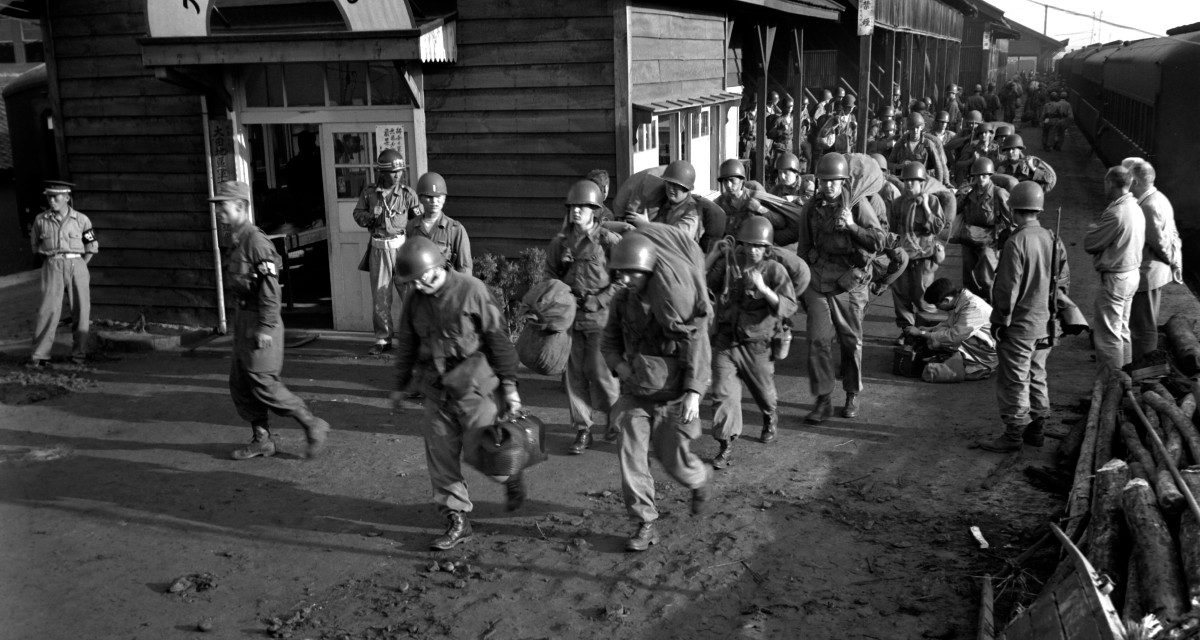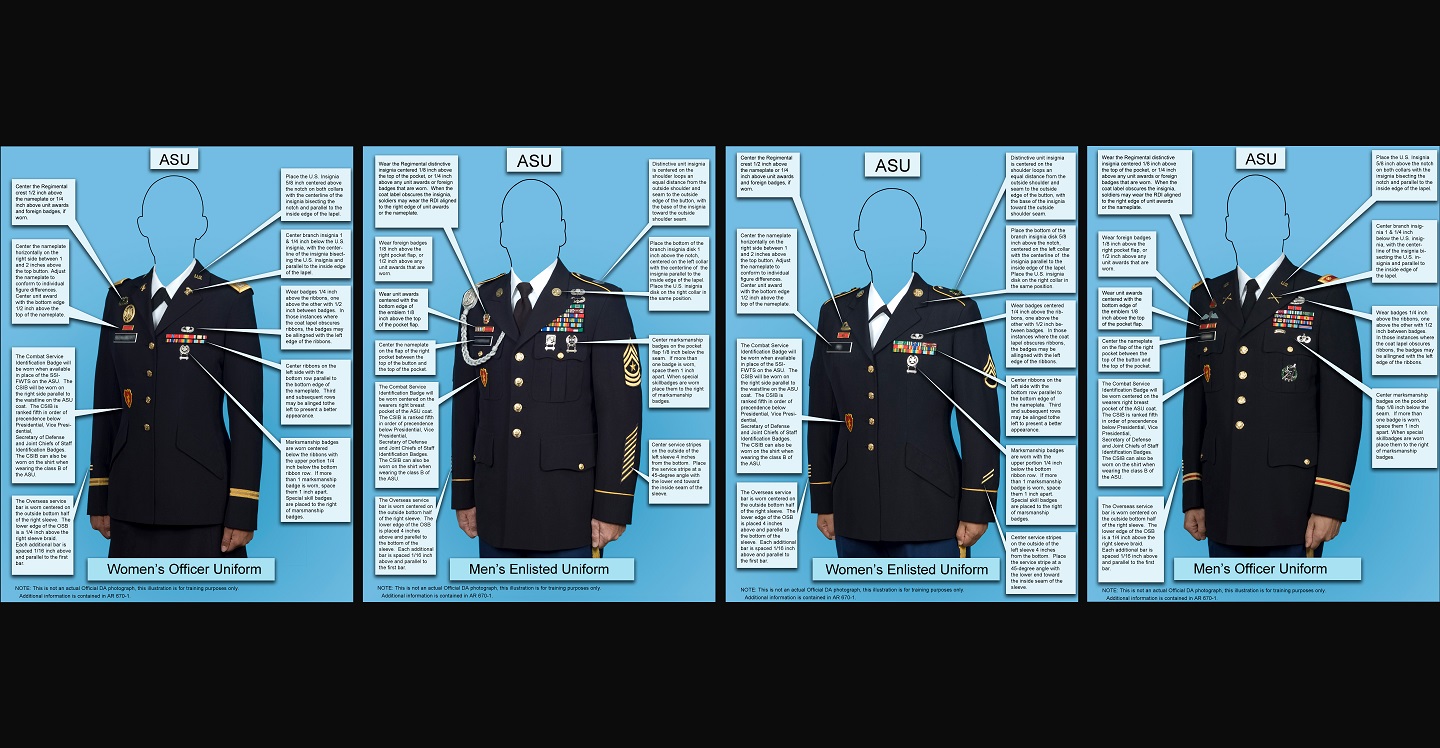The 2003 Battle of Baghdad
A Case Study of Urban Battle during Large-Scale Combat Operations
[Source: “The 2003 Battle of Baghdad”, Army University Press, Military Review, September – October 2020.]
“History instructs that for a variety of reasons, cities have always been targets for attack by adversaries.” —Gen. Donn A. Starry
The U.S. Army has a long history with urban warfare, from the Continental army’s 1775 inaugural campaign to besiege British forces in Boston to the 2017 liberation of Mosul from the Islamic State. Since World War II, sweeping improvements in operational reach, mass urbanization, and the proliferation of irregular warfare increasingly compelled modern armies to fight in cities despite strategists’ aversion to the high casualties and collateral damage that characterize urban combat.5 Most recently, the major battles of the Syrian Civil War and the war against the Islamic State clearly demonstrate that neither the Russian nor American armies can avoid urban battle. Although both forces achieved their strategic objectives, visual media from Aleppo and the liberation of Mosul reminded the world how destructive urban battles can still be.6 American military strategists questioned whether American voters, policy makers, and military leaders would continue to accept such high levels of casualties, collateral damage to infrastructure and the environment, and the concomitant reconstruction expense to U.S. taxpayers.7 From a historical perspective, the devastation of Mosul’s urban center was quite normal, but LSCO doctrine expects U.S. Army and allied land forces to replicate the exceptionally low destruction of the 2003 Battle of Baghdad, even when fighting peer adversaries.8






